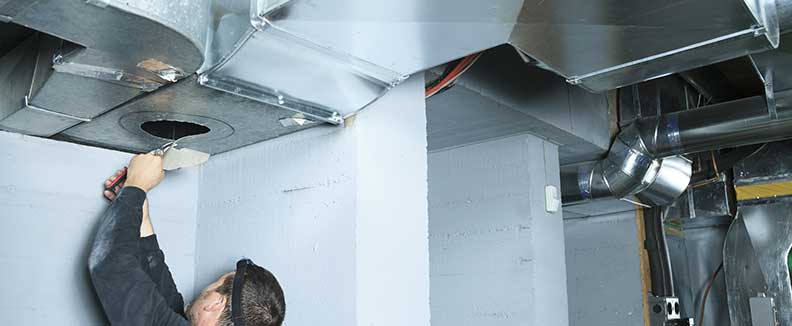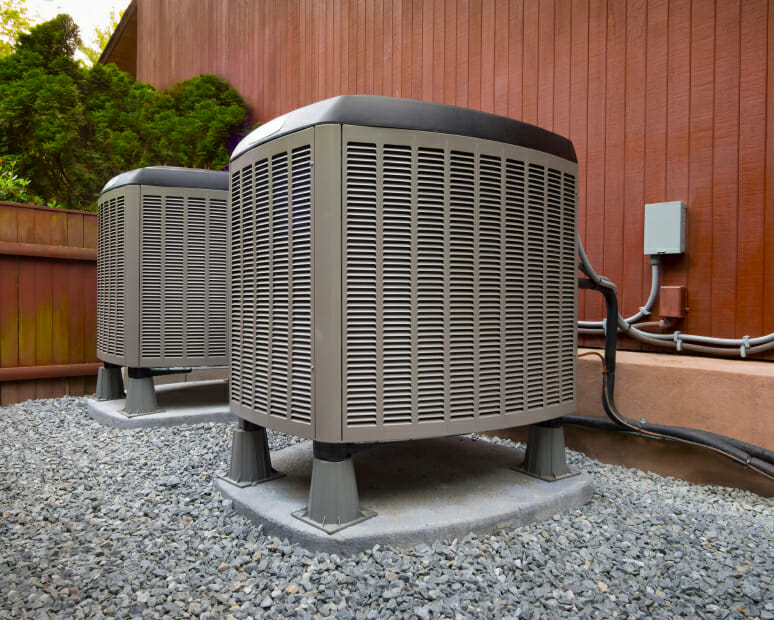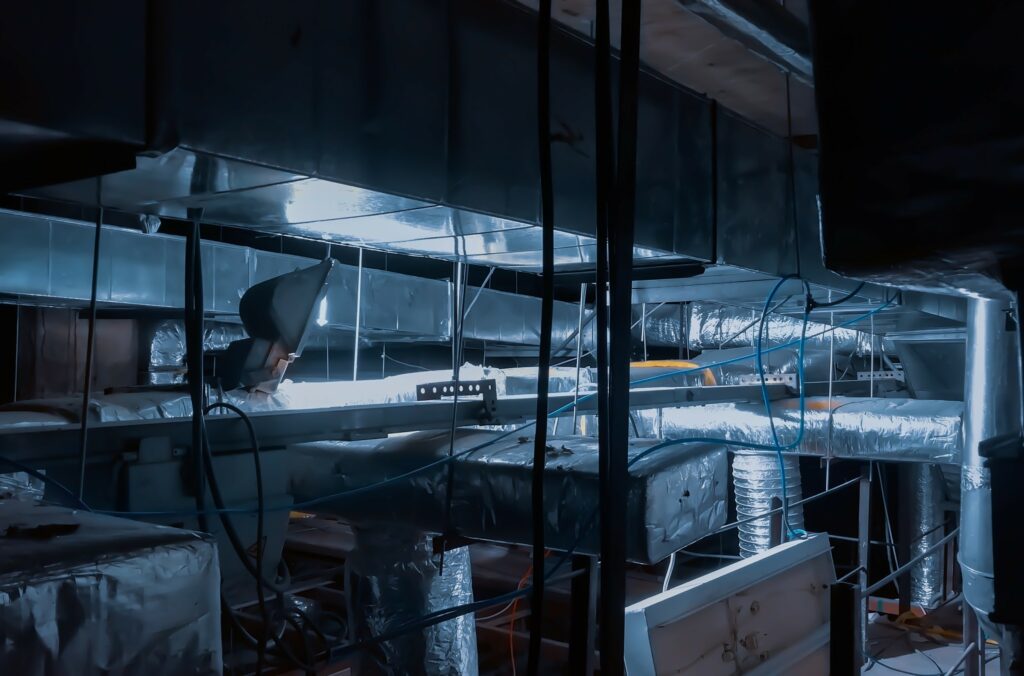Your HVAC (heating, ventilation, and air conditioning) system is responsible for maintaining both the temperature and air quality in your home. Homeowners must properly maintain their HVAC systems to not only protect the health of those who reside in the house but to keep energy costs down and protect the integrity of the home as a whole. An HVAC system in disrepair can cause a multitude of problems. An outdated HVAC system can lead to an allergen and mold infestation, as well as cause damage to the home due to water damage from leaks, or even a house fire caused by faulty wiring.
The Dangers of a Faulty or Old HVAC System
HVAC systems must be kept in top working order to perform efficiently. An outdated HVAC system can cause a multitude of problems due to:
- Poor ventilation – those suffering from asthma or allergies are particularly affected by an HVAC system with inadequate ventilation. Your old HVAC system may be contaminated with pollen or other allergens if the ventilation is not up to par.
- Mold – leaky HVAC systems create prime conditions for mold to grow. Not only is mold hazardous to health, but mold can cause your HVAC system to work harder to heat and cool your home, increasing your energy bills.
- Faulty wiring – old wiring or wiring that has been damaged by insects or rodents are dangerous not only to the HVAC system but to the home as a whole. It is said that up to 14% of house fires are caused by issues with HVAC wiring.
Duct Cleaning and Sealing

Regular duct cleaning and sealing is vital to keeping your HVAC system in peak condition. To clean air ducts, remove the vents and use a vacuum to remove dirt, debris and dust build-up.
Although cleaning your ducts yourself may seem like it would save money, proper duct cleaning requires advanced technical equipment to clean the ducts thoroughly. A professional HVAC cleaning service will additionally be able to recognize any other issues within your vents, such as leaking ducts or mold.
Between 25%-40% of the air that is supposed to come into your home is going into the attic, outside, or even behind walls. If you’ve been trying to figure out how to fix a cold room in your home, start with sealing your ducts! DIY duct sealing involves a substance called mastic, which is used to fix leaks in the ducts. Unfortunately, DIY duct sealing is only minimally effective, as most ducts in your home are out of reach or behind walls. It is recommended that homeowners enlist the help of a professional duct sealing company to perform their duct sealing, as these companies typically employ computer equipment that can diagnose and repair leaking ducts in hard to reach areas.
Modernizing Your HVAC System

There are a variety of HVAC-friendly accessories that all homeowners should consider installing. Louvers, dampers, and architectural sunshades are a good idea to invest in for long-term energy savings. A common trend in modern home design is the use of smart thermostats, which help to ensure that the temperature in your home is regulated at specific times of the day, helping to control energy costs. Smart thermostats can also be controlled via smartphone apps, allowing homeowners to adjust the temperature before they get home, or to adjust the temperature for pets or plants while they are away.
Keep in mind that regardless of how modern or new your HVAC system is, regular maintenance such as cleaning ducts or changing filters must still be performed. Your HVAC system maintains the temperature of your home as well as the air that your family breathes; maintaining your HVAC systems helps to keep your home healthy and your energy bills manageable.
Matt Lee is the owner of the Innovative Building Materials blog and a content writer for the building materials industry. He is focused on helping fellow homeowners, contractors, and architects discover materials and methods of construction that save money, improve energy efficiency, and increase property value.






